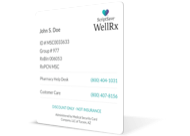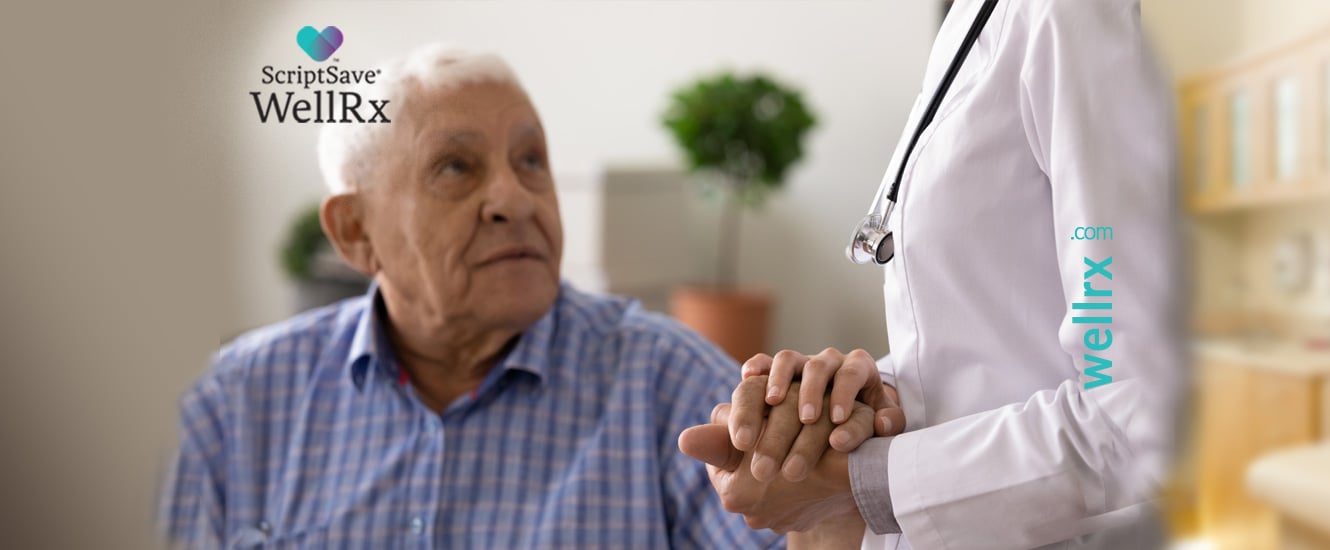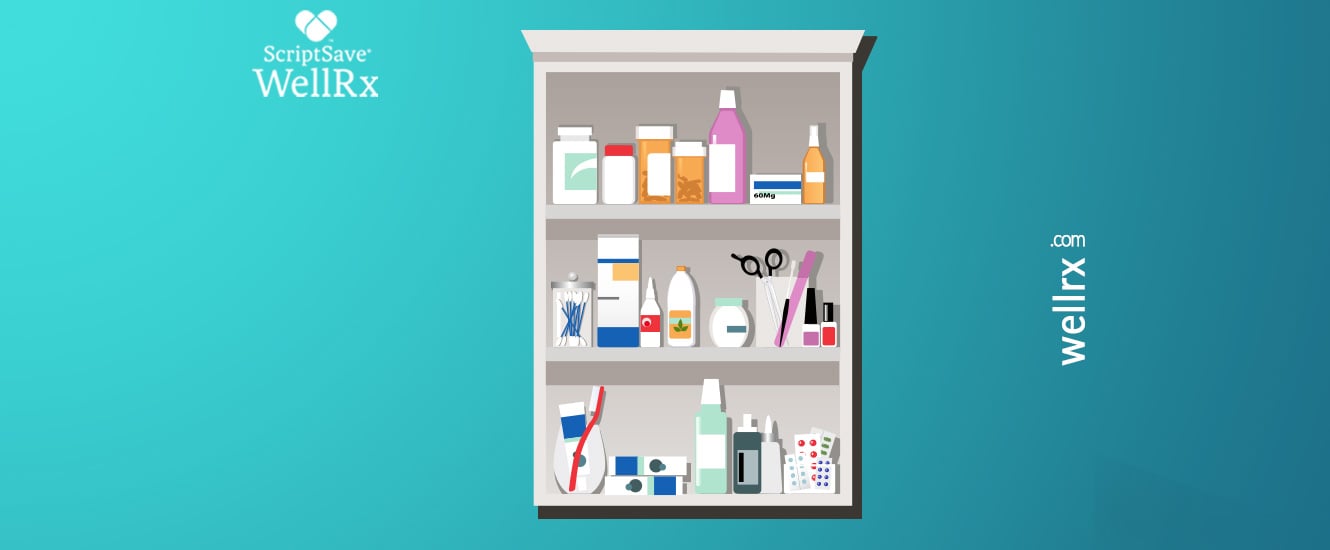Copyright 2024
Medical Security Card Company, LLC
All Rights Reserved
WellRx will never sell your personal information. Period. By signing up I agree to WellRx's terms of use and privacy policy.
By Michelle Koh, PharmD Candidate 2020,
Ohio State University College of Pharmacy
April 08, 2020
Have you ever strolled through the organic section of supermarket wondering if essential oils are effective, and sorting through the indication for each of them? In the past decade, the popularity of essential oil aromatherapy has dramatically increased in the United States.5 In 2015, the total sales of essential oils marked 3.36 billion dollars in the United States and it is continuing to grow about 7.5% annually.8
Essential oils are highly concentrated, aromatic oils extracted from plants.1 Depending on plant species and their properties, essential oils produce different fragrances and desired clinical effects. Aromatherapy is the practice of using essential oils for therapeutic purposes, believed to improve overall health of the body, mind, and spirit.2,3
Currently, essential oils are not subject to regulation by the U.S. Food and Drug Administration (FDA).5 However, there are numerous studies that support the safety and effective use of essential oil aromatherapy. Results have shown that aromatherapy improved both psychological and physiological factors, such as depression/anxiety, stress, sleep, and pain relief.4,5
Massage and inhalation via diffusion are the most common delivery modes of essential oil. To use effectively, essential oils need to be properly diluted in a carrier oil, such as jojoba, coconut, olive, almond, avocado, flaxseed, argan oils, or water. Generally using an average medicine dropper from Over-The-Counter (OTC), 30 drops is equal to 1 mL.
As a rule of thumb, for 15 mL of base oil/water, create a 3% concentration with 13 drops of essential oil; 2% concentration with 9 drops of essential oil; 1% concentration with 4 drops of essential oil.5 Concentrations above 2.5% should be used very carefully, preferably by an aromatherapist.
How can I inhale essential oils?6
Essential oil ingestion should be done with caution, as it requires proper education and training. Currently, long-term data on safety and efficacy of essential oil ingestion are not available and not recommended in the United States. It is only recommended under the supervision of a licensed healthcare provider.
The most popular essential oils2,5 in the U.S., according to National Association for Holistic Aromatherapists (NAHA), with the greatest amount of supportive evidence are summarized below.
| Parent plant | Effects | Uses |
|---|---|---|
| Roman chamomile | Antispasmodic, sedative, anti-inflammatory, comforting, soothing | Menstrual cramps, anxiety, stress, insomnia |
| Eucalyptus* | Expectorant and antiviral against colds, flu, and respiratory congestion | Bronchitis, colds, flu |
| Geranium | Antimicrobial | Premenstrual syndrome, hormonal imbalance, nerve pain |
| Ginger | Digestive aid, emotional and physical warming, anti-inflammatory, immune modulator | Stomach upset, pain |
| Lavender | Calming, wound healer, cell regenerator, skin care agent, antispasmodic | Anxiety, burns, insect bites, itchiness |
| Peppermint** | Analgesic, energizer, nausea, migraine | Nausea, migraines |
| Rose | Cell generator, emotional nourisher | Stress, anxiety, premenstrual syndrome |
| Rosemary | Expectorant, energizer, breath expander, circulatory stimulant | Congestion, bronchitis, colds, flu |
| Tea tree | Antibacterial, immune system enhancer, antifungal, antiviral | Dandruff, acne, help with other skin conditions |
| Vetiver | Cooling agent, astringent, calming agent | Varicose veins |
* Eucalyptus may decrease liver metabolism or some medications; not recommended in children younger than 2 years.
** Peppermint is not recommended for use in children younger than 31 months and avoid for undiluted topical use or for oral use.
Like prescription medications, essential oils are patient-specific. It is best to consult with doctors for safe use, especially if you are pregnant or have complex medical conditions. Also, it is not recommended to use essential oils, by any means, to treat existing health conditions. Essential oils can be useful for symptom management. Always consult with your doctor or pharmacist for potential herb and drug interactions before using.
References

For your convenience, use the ScriptSave® WellRx mobile app. Now savings are well in hand, right at the pharmacy counter. Save on your family's prescription medicines.
Learn More
Your choice. Get a ScriptSave WellRx Savings Card. Or Download the free mobile app from the App Store or Google Play Store
Get A Card
ScriptSave WellRx Grocery Guidance leverages leading-edge nutritional data science to help you know which food products on your grocery store shelf are truly good for YOU.
Healthy Foods For YouTags:

June 09, 2022

April 26, 2022
You need to log into the site to use this feature
This feature requires registration. Sign up or log in to your free WellRx account to gain access to this and other tools to help make managing your medications and wellness easier.
Benefits Include:
 Store & manage your medication list
Store & manage your medication list
 Medication pricing updates
Medication pricing updates
 Medication information
Medication information
 Pill & refill reminders
Pill & refill reminders
 Medication journal & mood log
Medication journal & mood log
This feature requires registration. Sign up or log in to your free WellRx account to gain access to this and other tools to help make managing your medications and wellness easier.
Benefits Include:
 Store & manage your medication list
Store & manage your medication list
 Medication pricing updates
Medication pricing updates
 Medication information
Medication information
 Pill & refill reminders
Pill & refill reminders
 Medication journal & mood log
Medication journal & mood log
You will be redirected to your program in 5 seconds.
Our Terms and Conditions and Privacy Policy have recently been updated.
By declining you will be logged out of your account